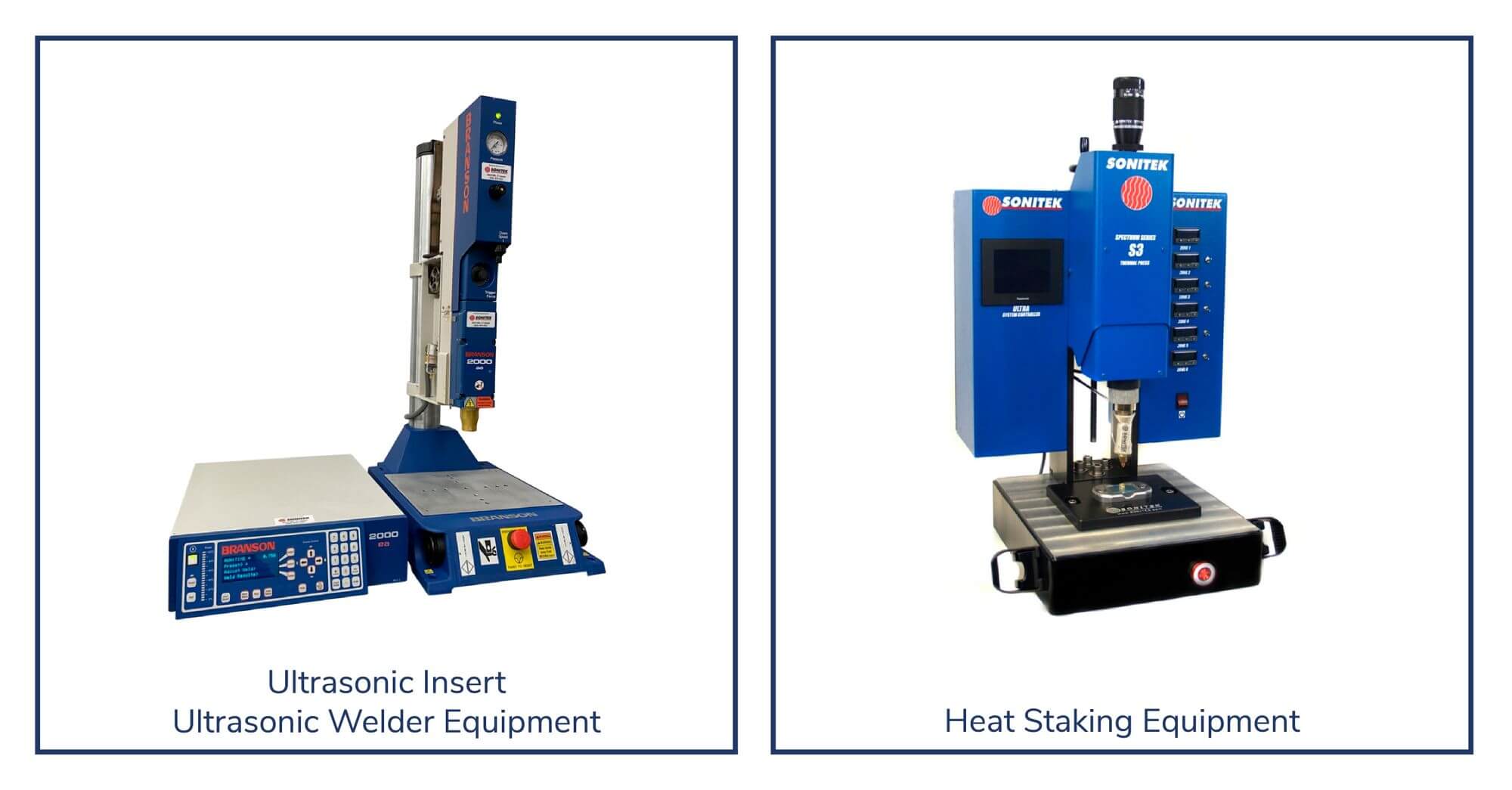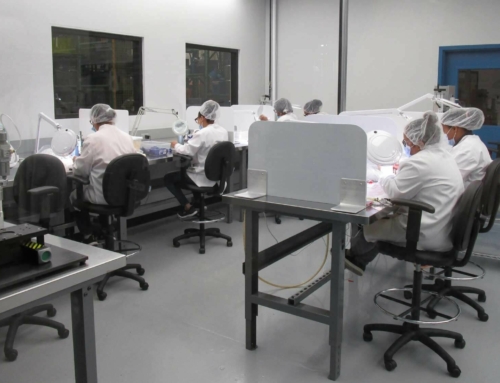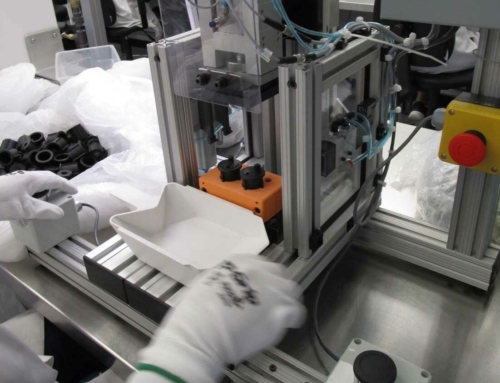6 Advantages of Ultrasonic Insert Welding and Heat Staking
As plastic parts and assemblies become more common, there are many factors to consider when designing an injection-molded part that will be part of a higher-level assembly. These considerations include determining the right hardware or inserts and identifying which secondary operation offers the best solution for inserting the hardware.
In most cases, plastic parts aren’t strong enough to support fasteners such as screws or bolts. Ultrasonic insert welding or heat staking can provide design for manufacturing support on the best solution that fits the application, tooling budget, and cycle time requirements for your product.
Many OEMs have device designs that require screws to fasten components together. In some cases, a molded-in thread will be sufficient; however, if the application requires higher forces or multiple cycles of assembly and disassembly, as in a replaceable component, this is when a metal insert performs best. Depending on the application, these metal inserts can be installed using heat that would melt them into a pre-molded or drilled hole or by using ultrasonics.
Forum Plastics offers both ultrasonic insert welding and heat staking as a post-molding process operation, and we have the latest technology to perform these services in our ISO Class 7 Cleanroom.

Ultrasonic Insert Welding
During ultrasonic installation, a relatively small downward force, typically generated by a pneumatic cylinder, presses the insert into a predrilled or molded hole while an ultrasonic horn converts electric power into high-frequency vibrations. Those vibrations get delivered to the insert-plastic interface through direct contact with the insert. The vibrations generate enough heat to melt the plastic around the insert as it is being pressed into the hole.
Advantages of ultrasonic installation include:
- Speed: It is generally faster for inserts under 0.250” in diameter. This typically leads to shorter cycle times.
- Customizability: The machines can be easily changed to accommodate differently sized and shaped inserts.
- Flexibility: Ultrasonic installation machines can also be used for plastic-to-plastic welding and additional processes.
Heat Staking
A metal tip transfers heat to a metal insert, and the machine then presses the insert into the plastic using a controlled force. The heat insert installation process also requires that the entire insert be heated, not just the metal-plastic interface, so for proper installation, inserts should have enough thermal conductivity so that plastic around the insert quickly heats and melts. This is why two of the most common insert materials are brass and aluminum. Once the plastic melts, it fills the insert’s retention features, then solidifies while inducing minimal stresses.
Advantages of heat staking include:
- Reliability and Consistency: Lower installation forces allow inserts to be installed into thin-walled parts better; these parts would often otherwise be destroyed by ultrasonic equipment.
- Easy Insertion into Deep Recesses: Heat insert equipment allows for longer heat tips that can place inserts into a part’s deep recesses which would be inaccessible to an ultrasonic horn.
- Better Performance: Completely heating the inserts allows the melted plastic to fully flow into all retention features. Ultrasonically installed inserts sometimes are insufficiently heated.
Forum has experience recommending the best solution for your application, and we develop the necessary fixtures to perform these post-molding operations. Learn more about Forum’s ultrasonic insert welding and heat staking services, or contact Doug Hungerford, Director of Engineering, Forum Plastics, for more information.
Stay Connected
Sign up to get updates from Forum




